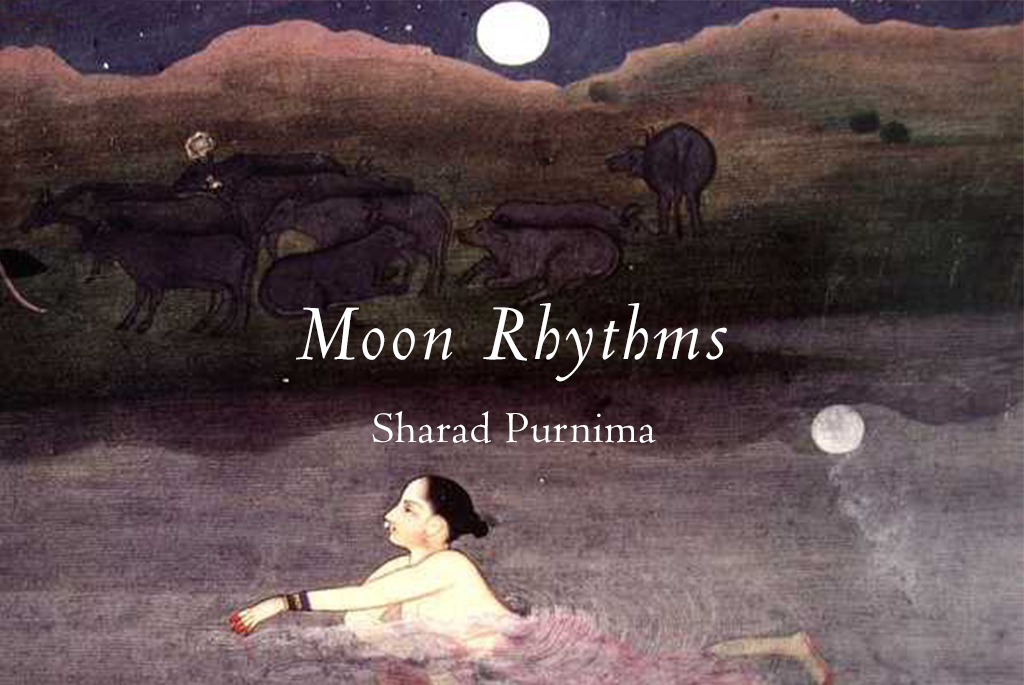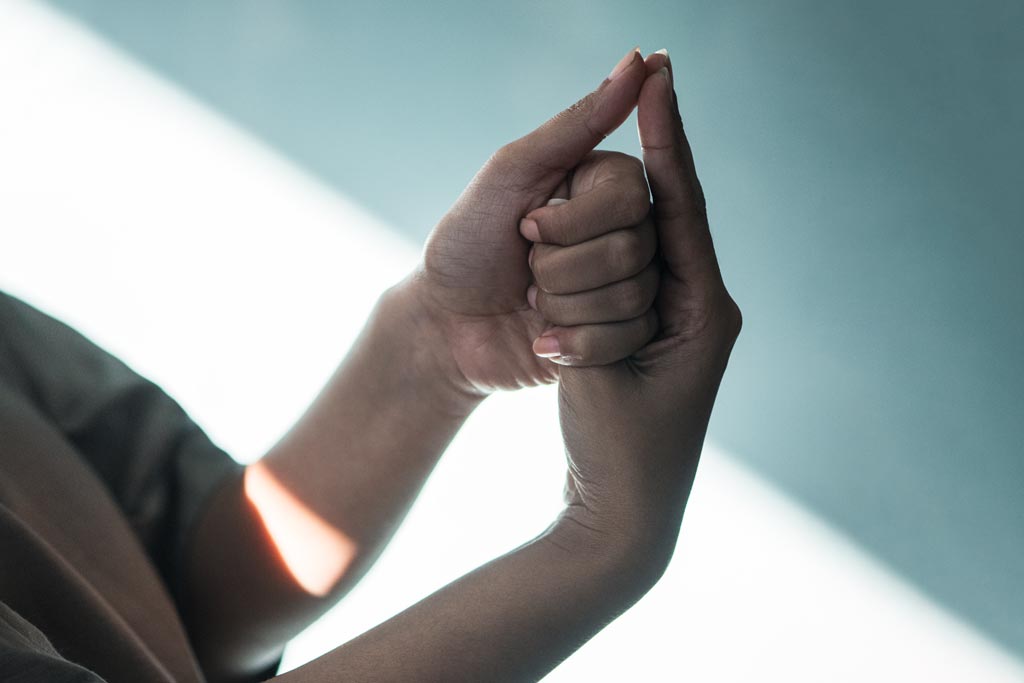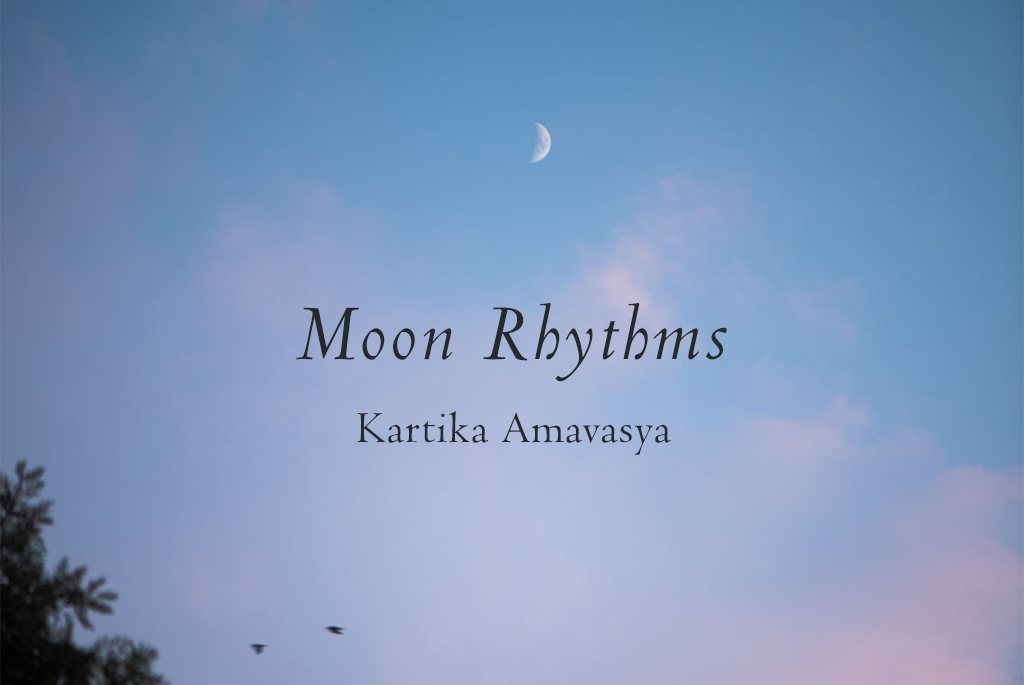




An alignment with the Moon and its many phases is instinctive for our body, emotions and our moods. It is in our conscious minds that we seem to have lost conscious awareness of this connection with the lunar cycle, one of the most visible cycles of the natural world. Along with a loss of awareness we have also forgotten some of the ways in which our ancestors connected with the mutable energy of the Moon.
Today, many practices centred on and around the Moon have begun to be discussed and undertaken. Some of these are deeply personal, solitary practices. Some can be a beautiful group effort. And yet others sit at intersections of beliefs – bringing an esoteric practice together with the energy of the lunar cycle.
1. Moon Journaling: Writing a Moon journal is a simple way to establish a connection between your mental, physical, and emotional states and the Moon. Start a Moon journal on either a New Moon night or a Full Moon night. Dispassionately write down your thoughts – what you feel physically or emotionally. Write down what you want to do in the next 15 days.
As you continue your journaling journey, you will begin to find your own patterns of feeling and awareness and connection with the Moon’s phases. Most people tend to find their emotional selves dominant around the Full Moon, while the New Moon allows for more introspection. After completing two to three Moon cycles of journaling, observe the correspondences between your body and mind and the lunar phases. Moon journaling allows you to align yourself with the natural lunar cycle while making you more aware of the impact of the Moon and its phases on you.
2. Moon Bathing: Moonlight can be magical in the hands of poets and painters. But moonlight offers its magic to all of us too. Spend time under the light of the Moon in the waxing or growing phase. Let the rays of the Moon wash all over you each night as the Moon grows, culminating on the night of the Full Moon, when its silvery radiance seems to envelope you. In many cultures and many traditions it is thought that the light of every Full Moon has uniquely different properties of healing the mind, heart and body.
3. Crystals & Moonlight: If you use crystals in personal rituals of peace and healing the Full Moon night is also the perfect time for cleansing and charging crystals. You can also include your crystals in your Moon altar.
4. Moon Altar: Purnima or the Full Moon is revered in many older traditions and cultures, including the Vedic. It is thought to be a time of benediction and grace. And so honouring or marking the Full Moon through a Moon Altar can be a beautiful ritual. It is essentially a ritual space that seeks to acknowledge and align you with the energy of the Moon. Your Moon altar is a deeply personal expression of your relationship with the Moon and everything on the altar should reflect that. Typically, an altar includes representation of the different elements and their energies – so, water, fire, wind, earth, space and of course the Moon, and other personal symbols of what you are seeking – peace of mind, abundance, health, wisdom, etc. These can be translated into representational objects such as candles, diyas, incense, flowers or potted plants, water in a bowl, crystals, feathers, your wishes and hopes written on a piece of paper, etc.
Try creating your personal Moon altar by beginning with what instinctively feels right to you. For many people using a white cloth or wearing white clothes allows them to feel a more personal connect with the Moon. Night blooming white flowers such as Jasmine add both fragrance and offer an intimate lunar connection. On the night of the Full Moon, consecrate your altar to the Moon and then spend time at the altar – meditating, writing your Moon journal, or just in silence – letting your thoughts and feelings unfurl.
5. Moon Meditation: Meditation can be a powerful ritual practice, with many different benefits. Moon meditation is meditation that aligns with the energy and phases of the Moon. While New Moon meditation is a grounding experience, Full Moon meditation helps us deal with the upsurge of energy that the Purnima brings with it. If you choose to be consciously aware of the lunar phases and meditate in alignment with them you can more closely observe how the lunar changes reflect in your moods, feelings, and emotions.
6. Food & the Moon: Rituals of the Moon and Food are an old tradition in the subcontinent. The simplest and easiest of these is the keeping of water in a silver vessel out under the moonlight for a few hours or the whole night. It is thought that the water becomes infused with the healing beauty of the Moon. Another one is to prepare sweet white foods such as Kheer or Phirni and keeping them out under the moonlight as an offering to the Moon, later consuming it as food infused with lunar energy. These offerings can be a part of your Moon altar or a ritual on their own. Many people also fast on the day of the Full or New Moon. Some choose to break their fast after moonrise. Others break it after sunrise on the next day.
Extremely helpful.